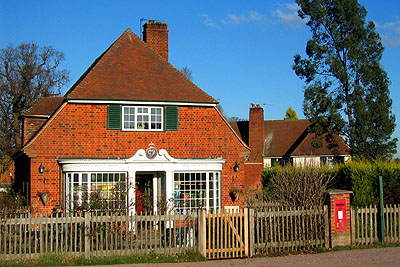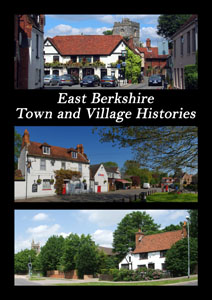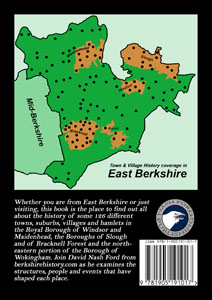 |
 |
||||||||
|
|
 Windsor
Great Park Village Windsor
Great Park VillageRoyal Hideaway The Village sits almost at the centre of Windsor Great Park, the monarchís personal hunting ground set out to the south of Windsor Castle around 1110. Country houses, scattered across the Park, often began as small estates created, after the Civil War, when Lord Protector Cromwell sold off large sections of it. These include the Royal Lodge and Cumberland Lodge. The houses of the Village were erected for the workforce of the park from 1946 adjoining the Prince Consortís Workshops. South of the Lodge, Virginia Water was formed from a watercourse called The Windles or the Virginia River for the Duke of Cumberland in 1750. Within the angle of its two arms lies part of the moat of Old Windsor Manor. This was made into a family home for King Edward I whose wife and children did not appreciate the uncomfortable castle at Windsor. Sadly, however, its twin great halls, chapels, private apartments and kitchens, for both King and Queen, have long gone. As a young prince, the future Edward II was banished there because of his homosexuality. When he became king, it remained a favourite retreat and he transformed one of the chapels into a collegiate church, complete with dean and chaplains. King Richard II also loved the place and had the chapel painted all over with his personal symbol, a white hart with golden antlers. The site eventually became renamed the Manor Lodge, headquarters of one of the Windsor Forest sub-divisions. Totally rebuilt in 1710, it was pulled down in 1792 and replaced, for a while, by King George IVís extraordinary Chinese-style Fishing Temple. This itself went in 1867. Read more history of
Windsor Great Park and its Village in David Nash Ford's book, 'East
Berkshire Town and Village Histories'.
|
||||||||
| © Nash Ford Publishing 2004; Revised 2020. All Rights Reserved. | |||||||||




